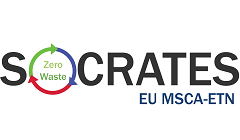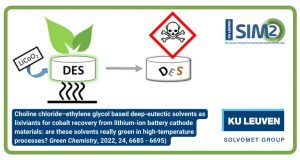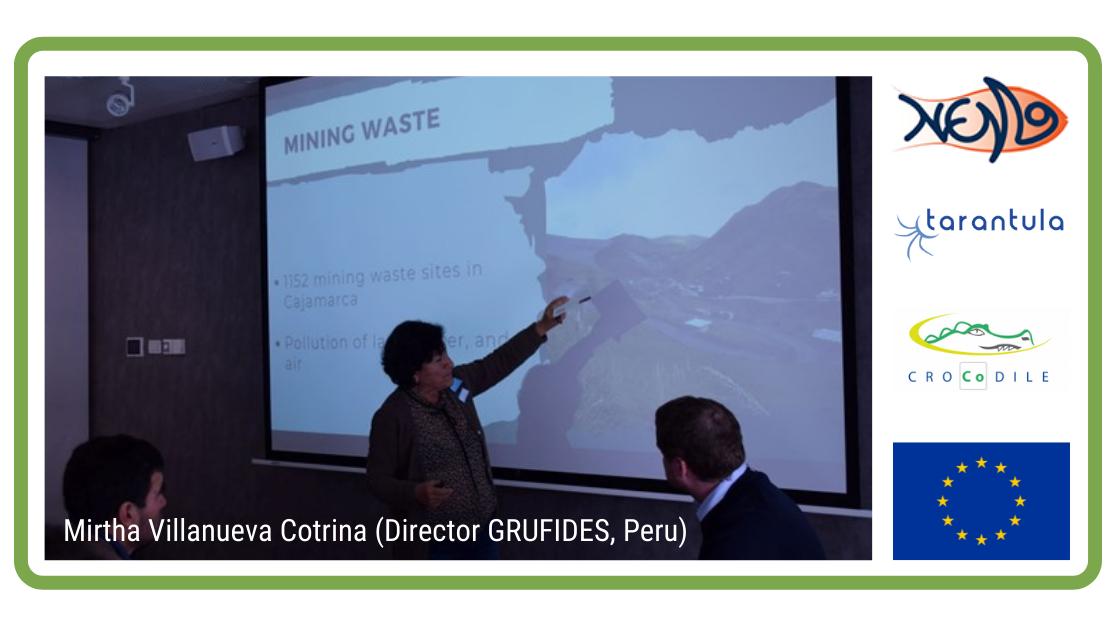Following their previous, widely-cited work with respect to the rare-earth element Balance Problem, Prof. Binnemans and colleagues have just published a thorough update of this key issue in a review article in the Journal of Sustainable Metallurgy. The paper is a collaboration between SIM² KU Leuven, Fraunhofer Institute for Chemical Technology (ICT) and TECNALIA, in the context of the EU REMAGHIC project.
The Balance Problem revisited
The balance between the market demand and the natural abundance of the rare-earth elements (REEs) in ores, often referred to as the Balance Problem (or the Balancing Problem), is a major issue for REE suppliers. The ideal situation is a perfect match between the market demand for and the production of REEs, so that there are no surpluses of any of the REEs. This means that the rare-earth industry must find new uses for REEs that are available in excess and search for substitutes for REEs that have either limited availability or are high in demand. The new study presents an overview of the trends in the applications for the different REEs and shows that the demand for REEs for use in magnets, catalysts, and alloys is still increasing, while the application of REEs in polishing agents, glass, and ceramics are stable. On the other hand, the use of REEs in nickel–metal-hydride (NiMH) batteries and lamp phosphors is decreasing. These changes in the REE market have an influence on the Balance Problem, because the REEs that can be recycled from fluorescent lamps, cathode-ray tubes (CRTs), and NiMH batteries have to be at least partly reused in other applications. Magnesium and aluminum alloys offer an opportunity to mitigate the Balance Problem caused by these changes in the REE market. This is illustrated for REEs that can be recycled from fluorescent-lamp phosphor waste, CRT phosphors, and NiMH batteries. At present, five REEs (Nd, Eu, Tb, Dy, and Y) are being considered as very critical by Europe, the United States, and Japan, but the authors forecast that in the medium term, only neodymium will remain a critical REE. This paper discusses the relationship between criticality and the Balance Problem and shows how this relationship influences the market for specific REEs.
Key info review paper
- Download (golden open access paper) through https://link.springer.com/content/pdf/10.1007%2Fs40831-018-0162-8.pdf
- Full reference: K. Binnemans, P.T. Jones, T. Müller, L. Yurramendi, Rare Earths and the Balance Problem: How to Deal with Changing Markets?, Journal of Sustainable Metallurgy, 2018, https://doi.org/10.1007/s40831-018-0162-8
Previous work on the REE Balance Problem by Binnemans et al.
- Binnemans, P.T. Jones, K. Van Acker, B. Blanpain, B. Mishra, D. Apelian,Rare-Earth Economics: The Balance Problem, Journal of Metals (JOM) 65, 846–848 (2013) – download
- Binnemans and P.T. Jones, Rare Earths and the Balance Problem, Journal of Sustainable Metallurgy, 1, 29–38 (2015) – download







